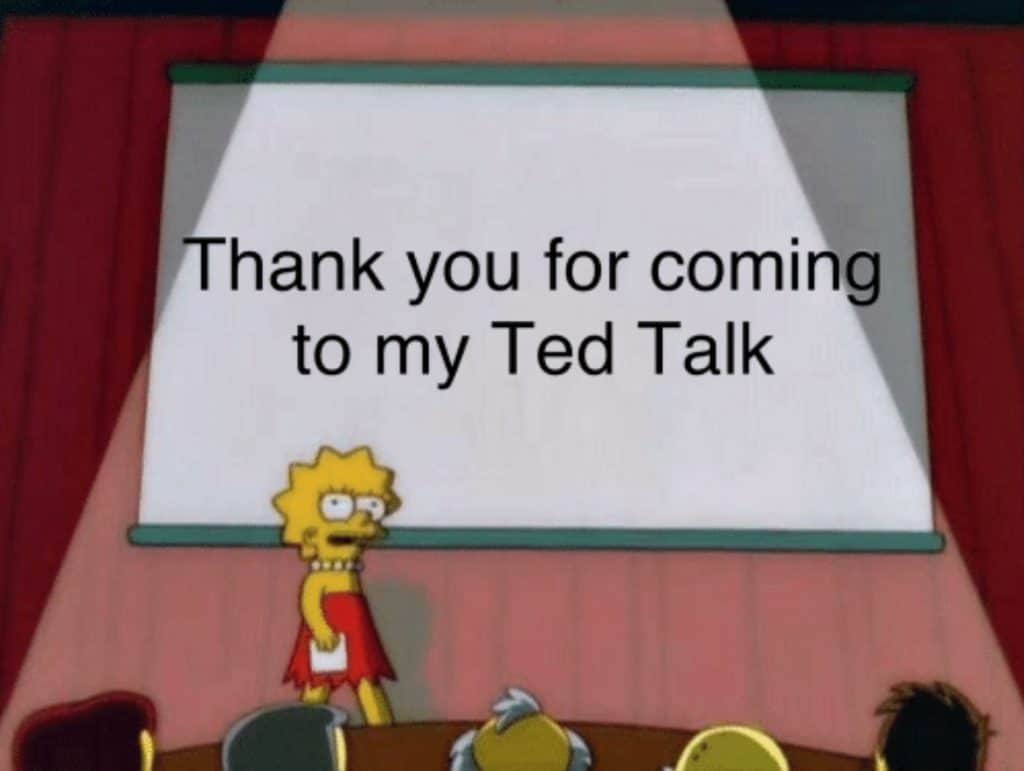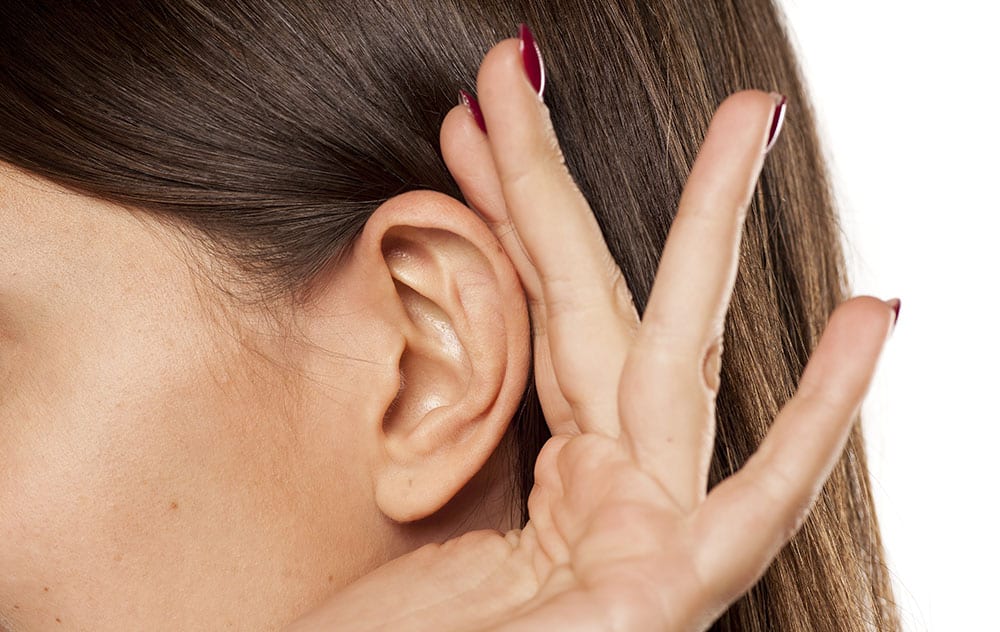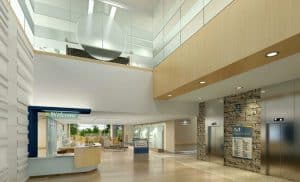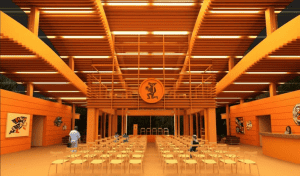Confessions of a silence-seeking, music-loving blogger
Just about anyone who’s spent any significant length of time honing a particular skill might concur that one of the greatest rewards of learning “the rules” lies in knowing when to strategically break them. So it is with writing.
The exponential proliferation of information technology we’ve seen since the 1980s has engendered more new written genres than you can shake a selfie stick at. Take, for example, blogging, website content, and even social media:
If you think people make up rules for these relatively new forms of writing as they go along, you’re not alone. And you’re not wrong.
While company websites are largely seen as vehicles to convey “what we do” and “why you should buy our products and/or services”, content creators would be remiss in limiting their work—particularly blogging—to these rigid parameters. Why? Because in doing so they’d be failing to consider the reader’s time, interests, and sometimes even their needs.
Why, for instance, would anyone outside the acoustic engineering industry want to learn about the importance of acoustic design and noise control?
I’ll gladly tell you why. And I will do so by breaking some traditional business writing rules that, if unquestioningly followed, would result in blogs that:
- solely promote products and/or services
- break out All The Technical Jargon to showcase expertise
- avoid conversational tone and reference to personal experiences, for fear of appearing unprofessional.
To all of that, I say “Nah! Hold my glass of serviceable merlot.” The above-posed question, incidentally, wasn’t a trick one. By way of a deceptively simple answer, I propose:
Because these things not only really are important, they’re important for—if not yet to—everyone.
My role as a content writer revolves around explaining why they’re important and doing so knowledgeably, empathetically, and with integrity.
Can I let you in on something?
I’ve been writing content for BAP Acoustics for several years now, and I finally feel ready to share The Truth with you:
I’m not an acoustics expert.
Phew, I already feel like a weight has been lifted! Now that that’s out of the way, I’ll go on to explain why this is actually an advantage for you, dear reader, as well as for the very real experts at BAP Acoustics.
When principals Mark Gaudet and Eric de Santis—fine writers, both—first hired me, I was so much a non-expert I couldn’t, in good consciousness, so much as call myself a dilettante. So why hire a non-expert to write about your industry? Well, aside from the fact that BAP Acoustics consultants are too busy engineering solutions in the real world to write about their work, Mark and Eric wanted to see that work explained from a fresh and accessible—drum roll, please—PERSPECTIVE.
So they took a leap of faith and hired me, having seen my portfolio of previous jargon-to-English translation work for clientele including an incontinence clinic (that one was relatively easy) and… an accounting firm. (Need I say more?)
I then set about learning acoustic principles, terminology, and industrial practices. The first few drafts I submitted to Mark came back, unsurprisingly, with edits around technical issues and unintentionally misleading words like soundproofing. (Spoiler alert: there’s no such thing.)
With each of Mark’s corrections, I learned a little more, and after a time, the edits were fewer and further between. But the most impactful learning was yet to come.
The school of loud knocks
(not to mention jackhammers, chainsaws, & sirens)
Now that the global pandemic has destigmatized working from home, I feel it’s okay to share that my partner and I have been doing so for many pre-COVID years, as our business lends itself to being conducted almost anyplace with reliable Wi-fi access. What definitely isn’t conducive to just about any kind of good work and cognitive focus? The almost unbearable noise that wasn’t here when we first moved in, specifically:
- Construction (a stone’s throw* from our deck)
- Sirens (mainly attributable to the still unmitigated and tragic opioid poisoning crisis)
*It’s just an idiom, not to be taken literally. But yeah, I’ve fantasized.
As my health and wellbeing began to erode from constant exposure to these harsh sounds, I became more and more impassioned, on a very personal level, about noise control and why there wasn’t more of it.
One thing I’ve learned for sure: as much as we love our place, it wouldn’t have occurred to us when we were apartment shopping years ago that we’d find single-glazed windows problematic in any way. After all, we enjoy a mild climate (by Canadian standards) and there was no construction slated anywhere near our place… at that time.
Of course, I’ve also learned how prohibitively expensive it would be to make those structural changes to our older building now. And this is where what I see as the BAP Acoustics guiding principle comes to mind, pretty much every day:
Acoustic design is best undertaken at the planning stages of a building project.
Sure, some remedial work can be done, but at far greater expense than that of preventative measures, and our strata certainly doesn’t have that kind of budget.
So how do I cope these days with my oft-noisy live/work environment, given the not-much-we-can-do-about-now circumstances? Let’s just say I’ve really, really come to love my Bose noise-cancelling headphones—especially once 2020 hit us like a planet-sized wrecking ball—and working in coffee shops was suddenly no longer an option. Which leads us to…
Breakfast, brothels, & inspiration
On a recent (though still pandemic restricted) Sunday, my husband Greg and I left our residence on foot, motivated by the goal of coffee and brunch—yes, like in the Before Times—cooked for and served to us by someone paid to do those things.
Although our densely populated neighbourhood in the West End of Vancouver attracts visitors and tourists drawn by Stanley Park and the much-beloved sea wall, many of our great eateries, pubs, and cafes were sadly unable to survive two years of lockdowns and capacity restrictions.
Visiting those that remain—understaffed and still heavily regulated on that particular Sunday—can involve a bit of an off-putting wait in sometimes uncomfortable weather for the hungry and/or thirsty patron. Those people hanging out near the entrance in the blustery winter wind were there for a reason, and clearly blessed with more patience than some. Low blood sugar making you “hangry”? Best keep walking.
So that’s what we did for a while, before eventually deciding that JJ Bean in the historic Maxine’s building looked like a promising no-wait option. Many Vancouverites, and long-time West Enders in particular, are familiar with Maxine’s colourful heritage. In the early 1900s, Scottish immigrant Maxine McGillvary opened a beauty school that eventually became a brothel, complete with secret underground tunnels that ran clients and liquor to and fro. While it still stood, Maxine’s ghost was known to haunt the building. (Source: End near for historic building with a naughty past.)
Today, we’re grateful that luxury condo developers saw fit to preserve the original building façade at the entrance to what is now called The Alexandra. And we still want breakfast, so…
In addition to enjoying the coffee and breakfast bagels, I was pleasantly surprised that, despite it being busy, the place wasn’t loud. COVID hygiene panels flanked our table and I wondered if their presence also contributed in some way to good speech intelligibility. We were able to enjoy our own conversation without inadvertently eavesdropping on others, fun as that can be.

I made a point of checking out the ceiling treatment, particularly in the areas it intersects with walls. I also wondered how the curved shape of the glass panel structure up there affected sound wave travel. (Alas, though I have no definitive answer I did find Trevor Cox’s Slate article The Acoustics of Eavesdropping, which addresses the sound-amplifying properties of curved ceilings, to be a fascinating read. ) And what the heck was above those glass panels? Whatever it is, it wasn’t put there as an afterthought.
When Greg asked what I was so lost in thought about, he smiled and nodded indulgently at my reply, much as he’s been doing for several years now whenever I say things like “Hey, the acoustics are pretty good in here!“
Owing to our shared love of music, we’ve attended many, many concerts and DJ gigs at many different venues. A few years ago, we heard one of our favourite DJs play at a Vancouver venue called The Imperial. As we bounced around with our friends on the dance floor, I was delighted to find that we could exchange comments without having to shout, yet the music was rich enough to feel satisfying in terms of catching all those trippy mid-range nuances and getting one’s dance on.

Well, I hope my patchwork of personal reasons for loving good acoustic conditions will inspire you next time you realize you’re irritated because your environment is too loud, or, better yet, the next time you realize the reason you’re feeling calm and focused—or simply relaxed—might have something to do with precious, precious silence.
Call to action
Oops, did I just give away a marketing “trade secret” with that subhead? Oh well…have fun with it; I know I do!
As we emerge from two years of house arrest, many of us may find we’ve acclimatized to a relatively quiet environment, with all the benefits as well as troublesome issues that can entail. Now that we’ve been granted release (or at least parole), let’s take advantage of our regained social freedom by visiting restaurants, coffee shops, pubs, and other recently reopened public spaces.
My call to action, should you choose to heed it? Message—or even (gasp!) call—someone you’ve been missing and invite them to join you for a meal and/or beverage(s) in a public space.
As you’re catching up with that friend, relative, or colleague, notice how easy or difficult it is to hear their speech clearly. If the two (or more) of you are speaking at typical conversational volumes without having to repeat yourselves, chances are acoustical experts were integral participants in the planning stages of the built environment you’re enjoying.




